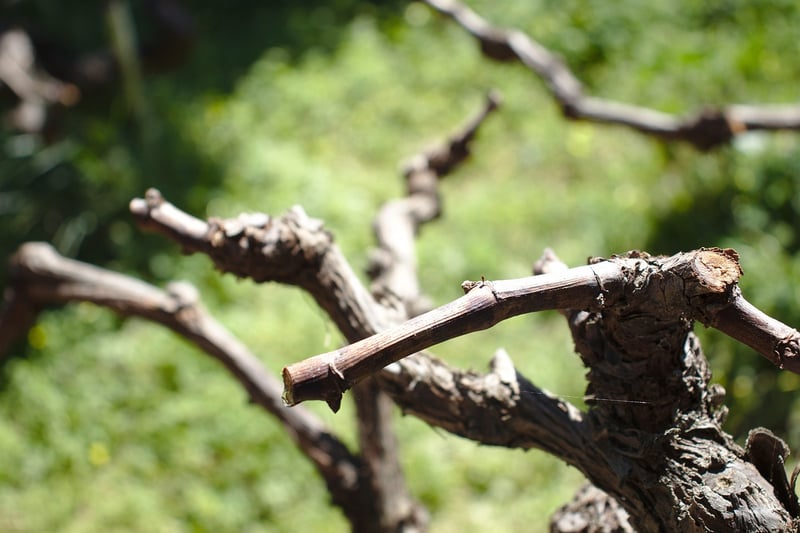Pruning Techniques
Keeping Your Garden Healthy: Essential Pruning Techniques
Having a healthy garden not only enhances the beauty of your outdoor space but also promotes the growth and vitality of your plants. One crucial aspect of garden maintenance is proper pruning. By utilizing the right techniques, you can ensure your plants thrive and flourish. Let's explore some essential pruning techniques to keep your garden in top shape.
1. Understand the Basics
Before you start pruning, it's important to understand the basics. Identify the type of plants you have in your garden and learn about their specific pruning requirements. Some plants may require regular pruning to encourage growth, while others may need minimal intervention.
2. Use the Right Tools
Invest in high-quality pruning tools to make your job easier and more effective. Tools such as pruning shears, loppers, and pruning saws are essential for different types of pruning tasks. Ensure your tools are sharp and well-maintained for clean cuts that promote plant health.
3. Remove Dead or Diseased Branches
Dead or diseased branches can hinder the overall health of your plants by attracting pests and diseases. Regularly inspect your plants and remove any dead or diseased branches to prevent further damage and promote new growth.
4. Prune at the Right Time
Timing is crucial when it comes to pruning. Different plants require pruning at specific times of the year to minimize stress and maximize growth. Research the best time to prune each type of plant in your garden to achieve optimal results.
5. Practice Proper Technique
When pruning, make clean cuts at a 45-degree angle just above a bud or lateral branch. Avoid leaving stubs or tearing the bark, as this can lead to complications and slow healing. Proper technique ensures quick recovery and reduces the risk of infections.
6. Monitor Plant Growth
Regularly monitor the growth of your plants after pruning to assess the results. Look for signs of new growth, improved flowering, and overall plant health. Adjust your pruning techniques based on the plant's response to achieve the desired outcome.
7. Seek Professional Help if Needed
If you're unsure about the pruning requirements of specific plants or if you have large trees that require pruning at heights, consider seeking professional help. Arborists and gardening experts can provide valuable advice and assistance to ensure your garden remains healthy and vibrant.

By incorporating these essential pruning techniques into your garden maintenance routine, you can promote healthy growth, enhance the appearance of your plants, and create a thriving outdoor oasis. Remember to tailor your pruning approach to the unique needs of each plant for optimal results.
Happy pruning!
